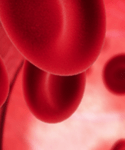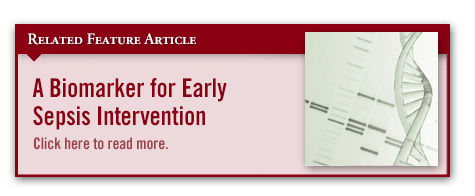Sepsis and septic shock are leading causes of morbidity and mortality in the United States and represent an increasing problem for patients, providers, and healthcare systems. Studies indicate that these conditions contribute to more than 20,000 deaths per day worldwide. Despite the emergence of newer microbiology technologies, blood cultures continue to be indispensable tests for the microbiology laboratory. Positive blood cultures are often a critical step in diagnosing sepsis and are required for downstream identification and susceptibility testing.
Significant advances have been made in automated blood culture systems, including the addition of enriched growth media, enhancements in automated agitation systems, and improved growth algorithms. Despite the progress, obtaining blood cultures before initiating anti-infective therapy and ensuring appropriate fill volumes of 20 mL to 40 mL of blood per venipuncture remain key factors in the successful detection of adult bacteremia. In some healthcare settings, anaerobic bacteremia has reemerged as a significant clinical problem, most likely due to more patients presenting to these institutions with complex underlying diseases.
Reaching Clinical Goals
Initiation of prompt, appropriate antimicrobial therapy in patients at risk for sepsis is a critical clinical goal, but doing so before culture collection may delay or prevent pathogen recovery. To address this issue, blood culture manufacturers have incorporated blood-broth ratios and/or proprietary antimicrobial removal systems into media to minimize the impact of antimicrobials and facilitate pathogen detection. For example, the BACTEC Plus (Becton Dickinson) and BacT/Alert (bioMérieux) are two frequently used aerobic blood culture media that incorporate the use of proprietary antimicrobial removal systems. The BACTEC medium uses proprietary resin beads, whereas the BacT/Alert medium uses Ecosorb (a blend of Fuller’s earth and activated charcoal) to neutralize the effects of antimicrobials in blood cultures submitted for laboratory testing.
Recent studies have assessed the implications of improved recovery using these media. One investigation reviewed data collected during a 9-month clinical study, focusing on the impact of prior antimicrobial exposure on bacterial recovery and time to detection. A notable difference was observed in the effectiveness of the blood culture systems tested, particularly when patients were on antimicrobial therapy at the time that blood culture specimens were collected. Future refinements to existing blood culture media will continue to improve the ability of blood culture tests to detect bloodstream infections despite the presence of previously prescribed antimicrobial agents.
Optimizing Approaches
Other variables—such as collection methods, contamination rates, time to incubation, and rapid, accurate reporting of positive blood cultures—can also influence the utility of blood culture testing. By adhering to best practices and actively monitoring quality assurance measures, hospitals and labs can feel confident that they’re optimizing their approach to supporting clinicians when diagnosing sepsis.




 admin
admin